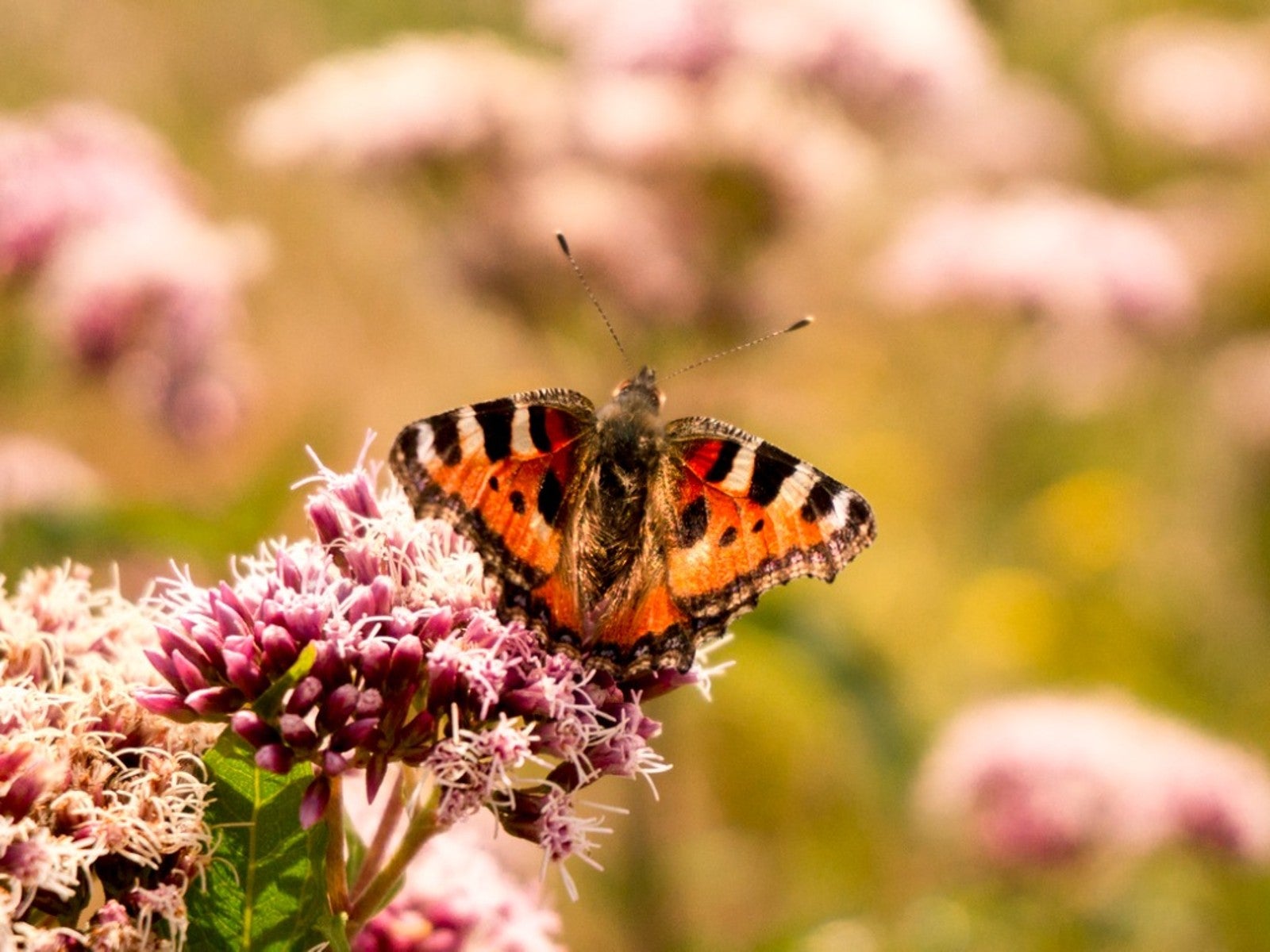Butterflies And Bees Affected By Climate Change

You’ve no doubt heard the alarming news that bee populations are on the decline. These and other beneficial pollinators are crucial to our survival as a species but climate changes impact on pollinators is becoming worrisome. It isn’t just the bees -- butterflies and climate change don’t mix well either. Keep reading to learn more about bees and climate change as well the effect on other pollinators.
Effects of Climate Change on Pollinators
Climate change is a change in global (or regional) climate patterns in direct relation to increased levels of carbon dioxide produced by the use of fossil fuels. What is the effect on bees? Climate change affects pollinators in several ways, but the gist is that the extremes in weather create stressful conditions that affect feeding, habitat, and procreation.
Most species have the ability to adapt to changing conditions within reason, and bees and butterflies are no exception. However, when conditions swing wildly from the norm, pollinators may be unable to adapt and instead either migrate to areas with more optimal conditions or die out.
Even when a species has adapted or migrated to a more favorable area, climate changes such as extreme rain or heat affect nectar and pollen production of plants that are often both food source and habitat.
Monarch Butterfly and Climate Change
Take the monarch butterfly for example. Monarchs are major pollinators as well as being food to many species of wildlife, but in a period of twenty years the population has dropped a whopping 80 percent.
Monarch caterpillars feed solely on milkweed which has been negatively affected by deforestation, pesticide use, and climate change. Not only do caterpillars feed on milkweed, but the plant supports the entire lifecycle of the monarch.
Climate change has opened the door to the invasive species purple loosestrife, a copycat to milkweed. In the absence of milkweed Monarchs accidently lay their eggs on purple loosestrife, which cannot support their lifecycle.
Gardening tips, videos, info and more delivered right to your inbox!
Sign up for the Gardening Know How newsletter today and receive a free copy of our e-book "How to Grow Delicious Tomatoes".
As if this wasn’t bad enough, Monarchs are sensitive to temperature and rely on it to signal their migration. If they migrate too early, the milkweed is not yet mature to support the lifecycle of this pollinator.
Lastly, extreme weather may affect the Monarch’s milkweed habitat, leaving this pollinator with no food, home, or place to lay eggs. Although climate change is a vicious cycle, you can help by reducing or eliminating the use of pesticides and herbicides, planting a pollinator garden, and reducing your footprint by eliminating or reducing the use of plastics, composting, and recycling your waste.

Amy Grant has been gardening for 30 years and writing for 15. A professional chef and caterer, Amy's area of expertise is culinary gardening.